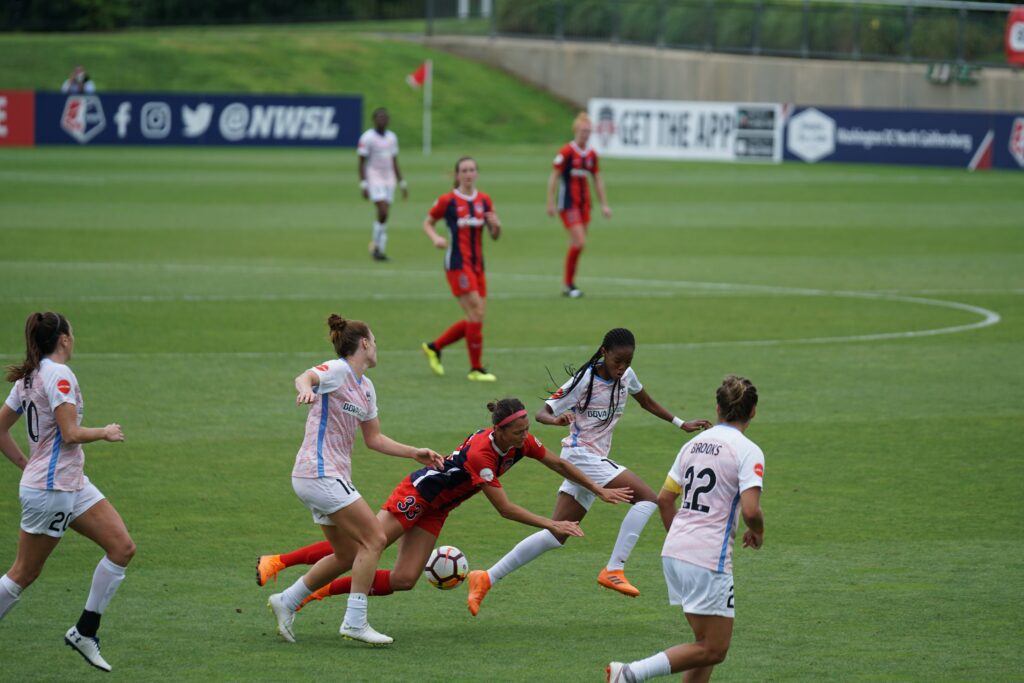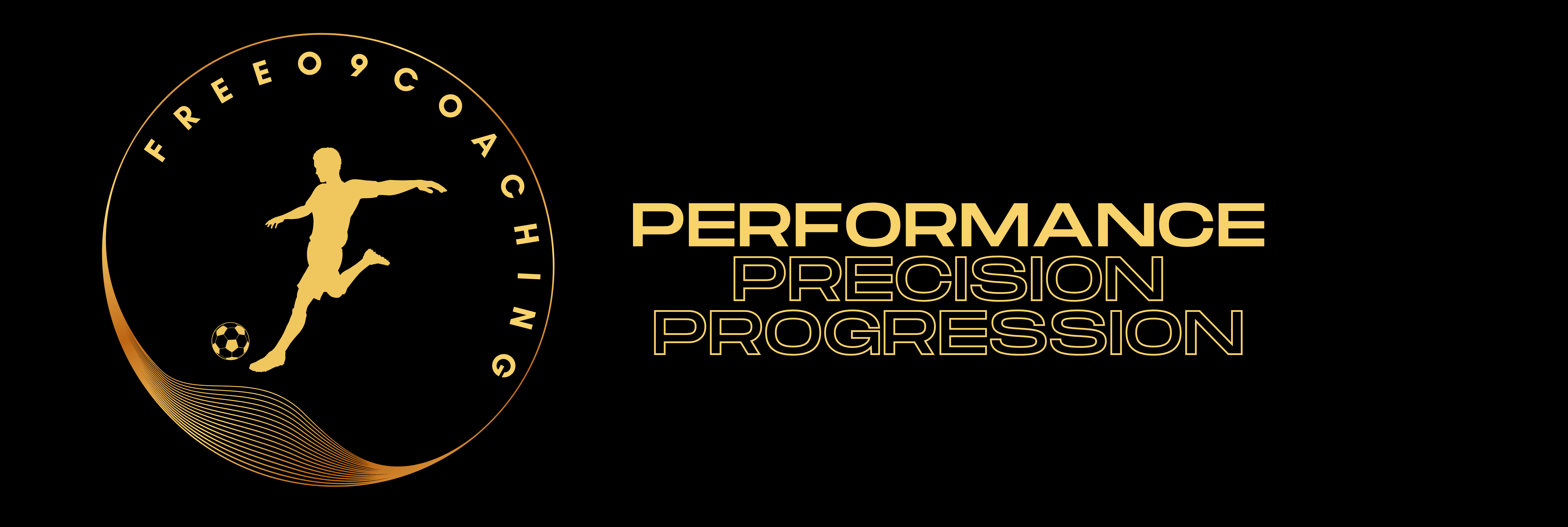Having a solid defence is an art that is something I firmly believe in, and, as a striker, I have come up against some very difficult-to-beat defences in my career.
Are you a soccer enthusiast looking to take your team’s defence to the next level?
Or maybe you’re a coach searching for ways to improve your team’s collective defensive effort.
Look no further, because, in this article, we will be diving into the art of defending as a team.
Introduction
We all know that a successful soccer team is more than just individual skill and talent. It’s about the collective effort to protect the goal and keep the opposition from scoring.
So if you want your team to dominate the pitch and keep clean sheets, it’s time to start focusing on your defensive tactics.
But where do you start? Don’t worry, we’ve got you covered.
In this article, we’ll be sharing some highly effective strategies and training session ideas that coaches can use to train their team to defend as a cohesive unit.
So get ready to take notes, because, by the end of this article, you’ll have all the tools you need to turn your team into a defensive powerhouse.
Let’s get started!

Establish a Defensive Mindset
The first step in training your team to defend as a unit is to establish a defensive mindset. This means emphasising the importance of defence and instilling a sense of pride in preventing the opposition from scoring.
It is essential to communicate to your players that defence is not just the job of the backline or the goalkeeper but also a responsibility shared by the entire team.
Once players understand the importance of defending and communication, as a coach we can look to highlight the importance of creating a culture of accountability within the team.
It means that every player should take responsibility for their defensive duties and understand the consequences of not fulfilling them.
To establish a culture of accountability, coaches can start by setting clear expectations and standards for their players regarding their defensive roles and responsibilities.
Moreover, coaches should emphasise the importance of mental toughness and resilience in defending.
This means teaching players to stay focused, maintain their composure, and bounce back quickly after conceding a goal or making a mistake.
Coaches can also use video analysis to help players understand their defensive strengths and weaknesses. Click here to read my article on proven Strategies to Help Soccer Coaches Improve Their Observation Skills
By identifying specific areas that need improvement, coaches can provide targeted feedback and create individualised training plans for each player.
Lastly, coaches should encourage their players to take pride in their defensive performance and recognise the critical role they play in the team’s success.
This can be achieved by celebrating good defensive plays and highlighting the positive impact they have on the team’s overall performance.

Organise the Defensive Structure
A well-organised defensive structure is the foundation of effective team defence. This includes the formation, positioning of players, and communication.
A question I like to ask coaches is “How did you choose your formation?” Was it a formation you like and understand or was it based on the players you have in your team?
My belief is that you choose a formation that suits your team’s strengths and weaknesses and ensures that all players understand their roles and responsibilities. Click here to read my article Some Practical Thoughts on 11v11 Soccer Formations and Tactics
The positioning of players is also critical. The backline should work as a unit, with the centre-backs providing cover to the fullbacks and the goalkeeper acting as the last line of defence.
The midfielders should provide support to the backline while also pressuring the opposition’s midfield.
Finally, the forwards should pressure the opposition’s defenders to disrupt their build-up play.
However, communication is key in any successful team defence. Players should constantly communicate with each other, calling out the opposition’s movements and instructing teammates on where to position themselves.
Encourage your players to be vocal on the field and provide positive reinforcement when they communicate effectively.
Train Defensive Techniques

Once you have established a defensive mindset and organised the defensive structure, it is time to focus on specific defensive techniques.
Here are some effective drills and training methods to develop your team’s defensive skills:
Encourage Teamwork and Cohesion
Effective team defence requires a high level of teamwork and cohesion. It is important to encourage your players to work together, communicate effectively, and support each other both on and off the field.
Team-building activities and social events can help foster a sense of camaraderie and team spirit, which can translate into better teamwork on the field.
Evaluate and Adjust
It is important to regularly evaluate your team’s defensive performance and adjust, as necessary.
Analyse game footage, provide constructive feedback to your players and update your formation or strategy if needed.
Continuous improvement is key to building a strong and effective team defence. Below are some simple ideas for defending practices that will help your players.
- 1v1 Defending: In this session, two players face each other with one player trying to dribble past the other. This type of practice is great for developing individual defending skills such as jockeying, tackling, and intercepting.
- Pressing: Pressing is putting pressure on the opposition’s players to force a mistake or turnover. This practice involves setting up small-sided games where your team is encouraged to press and win the ball back quickly.
- Shadow Play: Shadow play involves focusing on defensive movements without the ball. This session is helpful for improving your team’s defensive positioning and understanding of the defensive structure.
- Counterattacking: Defending is not just about preventing goals, but also creating opportunities to score. Counter-attacking sessions involve quickly transitioning from defence to attack and capitalising on the opposition’s mistakes.
Conclusion
Defending as a team is a critical component of any successful soccer team.
By establishing a defensive mindset, organising the defensive structure, training defensive techniques, encouraging teamwork and cohesion, and regularly evaluating and adjusting, coaches can train their team to defend effectively as a cohesive unit.
With consistent practice and hard work, your team can become a defensive powerhouse and achieve remarkable success on the field.
Remember, defence is not just the job of the backline or the goalkeeper, but it is a responsibility shared by the entire team.
By working together, communicating effectively, and supporting each other, your team can become a cohesive defensive unit that is tough to break down.
So, if you are a coach looking to improve your team’s defensive capabilities, start by focusing on the strategies and session ideas outlined above.
In the end, the most important thing is to remain positive and continue to encourage your players. Defending can be a challenging aspect of the game, and it may take time to see significant improvements.
But with hard work, dedication, and a commitment to team defence, your team can achieve wonderful things on the field.
So, go out there and start training your team to defend as a unit, and watch as they become a force to be reckoned with!


